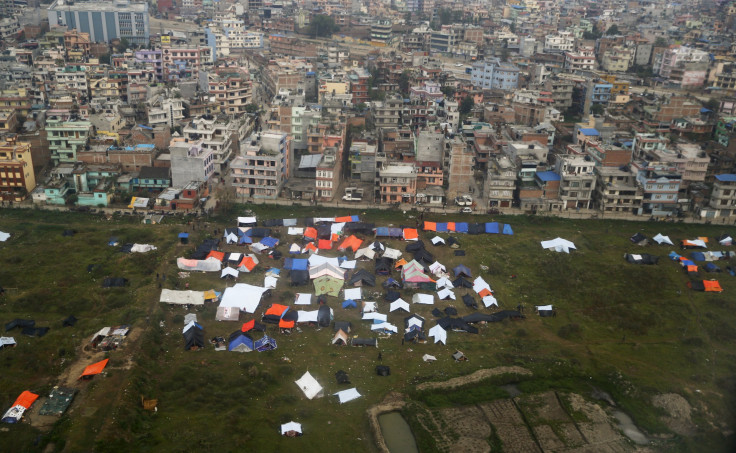Drone Footage Shows Devastation In Kathmandu, Nepal [Video]

Drone footage of the devastation in Kathmandu, Nepal’s capital, displayed chaos as buildings tilted and survivors rummaged through the rubble, desperate to find food. Water, too, was very scarce as though the international assistance started, a lot has yet to fill their stomach. According to the United Nations, around 1.4 million need food aid.
Three days after a 7.8-magnitude quake rattled Nepal on Saturday, the death toll rose to 4,352 and injuries numbered 8,000. Officials say the exact measure of tragedy will not be known until Nepal’s “flattened areas” in remote regions are assessed and reached by rescuers. One district official said the villages close to the epicentre were hard to reach due to landslides and bad weather that hampered helicopters from accessing. American Doctor Rebecca McAteer told the Associated Press that most of the houses in Gorkha, a district near the epicentre, were “flattened.”
Nepal’s Prime Minister Sushil Koirala feared the casualties may reach 10,000 as survivors grew angry at how slow the government responded to crises in the basic needs and other essentials.
Fear Of Outbreaks
As aftershocks are felt throughout Nepal causing further delay in dissemination of international assistance, the fears of outbreak of diseases will add up to the plight of survivors. UNICEF said there are more or less 2.8 million children vulnerable to the devastating effects of the tremor. In Kathmandu valley, 1.5 million people spend the night outdoors either because they are frightened to stay at their homes or their houses have been destroyed by the quake.
“Such a large congregation of people living out in the open can increase not only the risk of diseases spreading, but also the speed at which they spread,” said Christopher Tidey, speaking on behalf of UNICEF. He added that “if people live in very close proximity to each other, diseases can spread much faster.” Some of the health risks that may afflict children and other survivors include measles, respiratory diseases and diarrhoea.
In the latest statement by the United Nations, around 8 million people in 39 districts have been affected. Of the figure, more than 2 million people living in 11 districts were reported to be severely affected.
Watch the drone footage below.
Credits: YouTube/ RT
The video below was taken on April 27, 2015 from a helicopter.
Credits: YouTube/ RT
For comments or feedback on the article, contact the writer at kizmet@ymail.com.





















